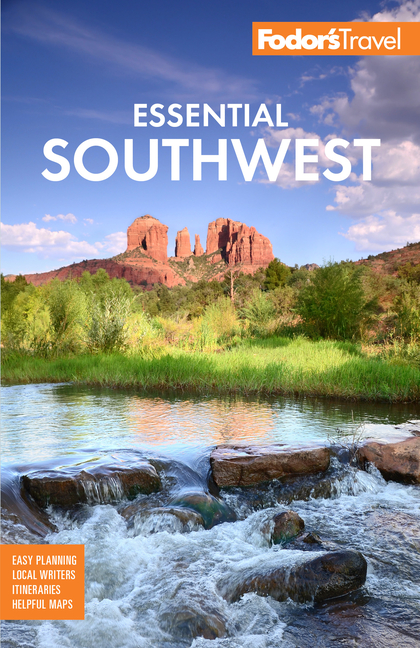Phoenix History
As the Hohokam (the name comes from the Pima word for "people who have gone before") discovered 2,300 years ago, the miracle of water in the desert can be augmented by human hands. Having migrated from northwestern Mexico, the Hohokam cultivated cotton, corn, and beans in tilled, rowed, and irrigated fields for about 1,700 years, establishing more than 300 miles of canals—an engineering phenomenon when you consider the limited technology available. They constructed a great town on whose ruins modern Phoenix is built, and then vanished. Drought and long winters are attributed to their disappearance.
Modern Beginnings
From the time the Hohokam left until the Civil War, the once-fertile Salt River valley lay forgotten, used only by occasional small bands of Pima and Maricopa. Then in 1865 the U.S. Army established Fort McDowell in the mountains to the east, where the Verde River flows into the Salt River. To feed the men and the horses stationed there, a former Confederate Army officer reopened the Hohokam canals in 1867. Within a year, fields bright with barley and pumpkins earned the area the name Pumpkinville. By 1870 the 300 residents had decided that their new city would arise from the ancient Hohokam site, just as the mythical phoenix rose from its own ashes.
A City on the Rise
Phoenix would grow indeed. Within 20 years it had become large enough—its population was about 3,000—to wrest the title of territorial capital from Prescott. By 1912, when Arizona was admitted as the 48th state, the area, irrigated by the brand-new Roosevelt Dam and Salt River Project, had a burgeoning cotton industry. Copper was mined elsewhere but traded in Phoenix, and cattle were raised elsewhere but slaughtered and packed here in the country's largest stockyards outside Chicago.
Meanwhile, the climate, so long a crippling liability, became an asset. Desert air was the prescribed therapy for the respiratory ills rampant in the sooty, factory-filled East; Scottsdale began in 1901 as "30-odd tents and a half-dozen adobe houses" put up by health seekers. By 1930 travelers looking for warm winter recreation as well as rejuvenating aridity filled the elegant Wigwam Resort and Arizona Biltmore, the first of the many luxury retreats for which the area is now known worldwide. The 1950s brought residential air-conditioning, an invention that made the summers bearable for the growing workforce of the burgeoning technology industry.
Phoenix Today
The Valley is very much a work still in progress, and historians are quick to point out that never in the world's history has a metropolis grown from "nothing" to attain the status of Phoenix in such a short period of time. At the heart of all the bustle, though, is a way of life that keeps its own pace: Phoenix is one of the world's largest small towns—where people dress informally and where the rugged, Old West spirit lives on in many of the Valley's nooks and crannies despite the sprawling growth. And if summer heat can be overwhelming, at least it has the restorative effect of slowing things down to an enjoyable pace.




